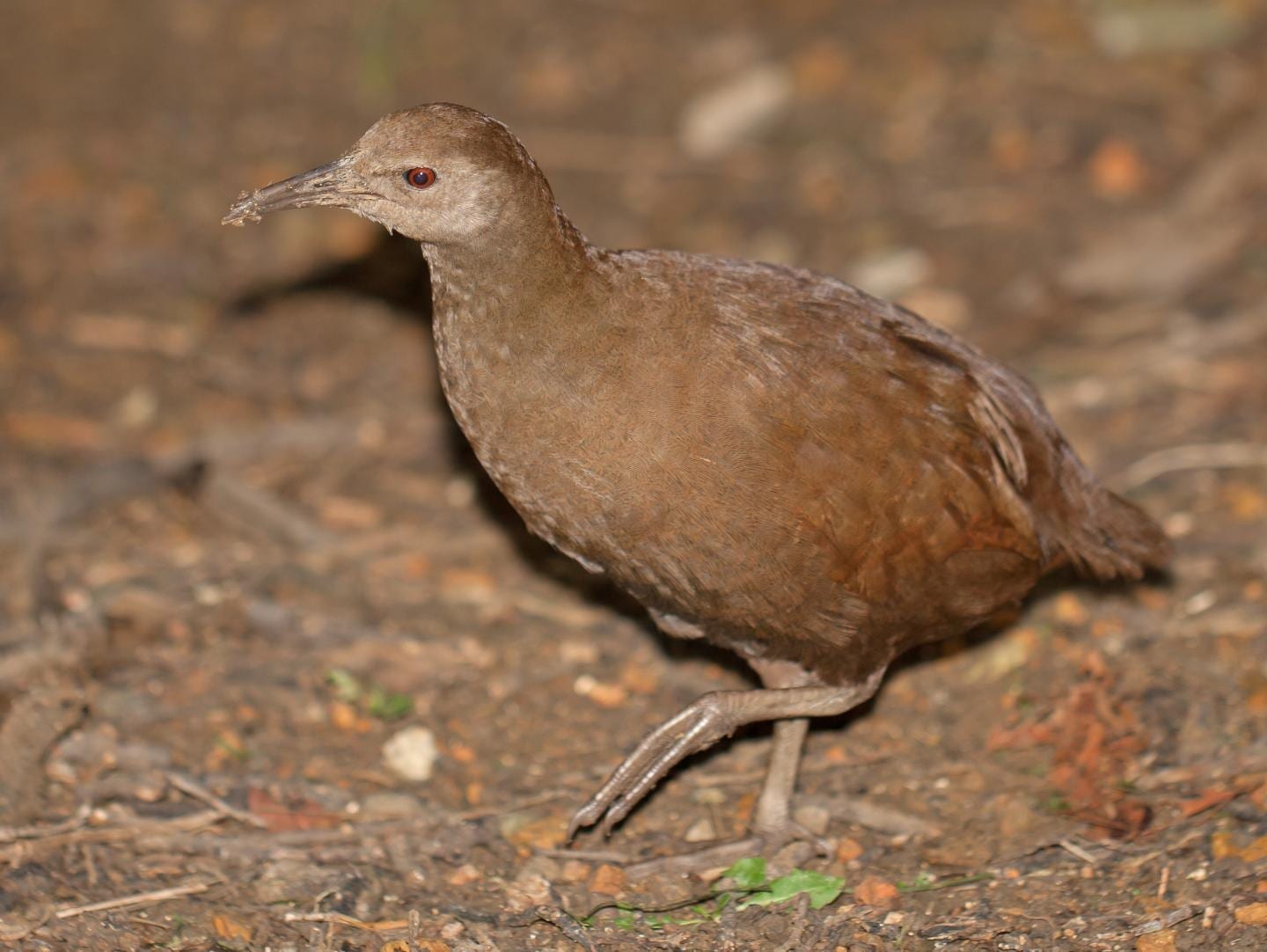
CREDIT
Toby Hudson
Bringing back extinct species could lead to biodiversity loss rather than gain, according to work featuring University of Queensland researchers.
UQ scientist Professor Hugh Possingham said the research suggested further stretching already-strained conservation budgets to cover the costs of de-extinction could endanger extant species (species still in existence).
“If the risk of failure and the costs associated with establishing viable populations could also be calculated, estimates of potential net losses or missed opportunities would probably be considerably higher,” Professor Possingham said.
“De-extinction could be useful for inspiring new science and could be beneficial for conservation if we ensure it doesn’t reduce existing conservation resources.
“However, in general it is best if we focus on the many species that need our help now.”
“Given the considerable potential for missed opportunity, and risks inherent in assuming a resurrected species would fulfil its role as an ecosystem engineer or flagship species, it is unlikely that de-extinction could be justified on grounds of biodiversity conservation.”
The study was led by Dr Joseph Bennett, formerly of the ARC Centre for Environmental Decisions at UQ and now of Carleton University, Canada.
It analysed the number of species governments in New Zealand and New South Wales could afford to conserve.
“We based cost estimates on recently extinct species and similar extant species,” Dr Bennett said.
The Lord Howe pigeon, eastern bettong, bush moa and Waitomo frog were among the extinct species included in calculations.
The researchers found reintroducing some recently extinct species to their old habitats might improve biodiversity locally, but government-funded conservation for 11 focal extinct species in New Zealand would sacrifice conservation for nearly three times as many (31) extant species.
External funding for conservation of the five focal extinct NSW species could instead be used to conserve more than eight times as many (42) extant species.
Although the technology for de-extinction is still some way off, the research found that careful thought would be required about what species to reintroduce, and where.
Learn more: Resurrecting extinct species might come at a terrible cost
[osd_subscribe categories=’artificial-synapses’ placeholder=’Email Address’ button_text=’Subscribe Now for any new posts on the topic “EXTINCT SPECIES”‘]
Receive an email update when we add a new EXTINCT SPECIES article.
The Latest on: De-extinction
[google_news title=”” keyword=”de-extinction” num_posts=”10″ blurb_length=”0″ show_thumb=”left”]
via Google News
The Latest on: De-extinction
- Bees face extinction due to climate change making it too hot to handleon May 3, 2024 at 6:06 am
Bees face extinction because their nests are overheating due to climate change, warns a new study. Wild bumblebees all over the world need a similar nest temperature to thrive. But with global warming ...
- X-MEN '97 Showrunner Beau DeMayo Reveals New Easter Eggs And Answers "Tolerance Is Extinction" Fan Questionson May 2, 2024 at 2:11 am
X-Men '97 Head Writer Beau DeMayo has broken down "Tolerance Is Extinction - Part 1, including easy-to-miss Easter Eggs, the episode's cameos, unanswered questions, and the show's place in the ...
- Congressional Republicans announce resolution to overturn Biden tailpipe ruleon May 1, 2024 at 5:44 pm
Congressional Republicans, led by Sen. Pete Ricketts (R-Neb.) and Rep. John James (R-Mich.), introduced a Congressional Review Act (CRA) resolution Wednesday that would undo the Biden ...
- Rare giant otter arrives at zoo to help save species from extinctionon May 1, 2024 at 6:47 am
A rare male giant otter has arrived at Chester Zoo as part of a conservation breeding program in a bid to help save his species from extinction. The three-year-old named Manú has traveled more than ...
- Climate change and mercury pollution stressed plants for millions of yearson April 29, 2024 at 5:00 pm
However, exactly how volcanism led to the collapse of ecosystems and the extinction of entire families of organisms ... of Copenhagen), Hamed Sanei (Aarhus University), and Bas van de Schootbrugge ...
- Woolly Mammoths In Yellowstone? Biotech Company Says It Has The Technologyon April 27, 2024 at 8:58 am
Biotech company Colossal Biosciences has announced plans to bring back the extinct woolly mammoth by 2028. They think Yellowstone could be a good place for reintroduction as the environment is ...
- What It'll Take to Create 21st-Century Mammoths, Dodos, and Thylacineson April 27, 2024 at 8:16 am
We don’t fully understand how to create an artificial placenta at the moment. We don’t really understand the intricacies of the developmental process. This is all information that we will learn along ...
- How a Cloned Ferret Inspired a DNA Bank for Endangered Specieson April 21, 2024 at 5:00 pm
head of de-extinction efforts at Revive & Restore, a nonprofit outfit that applies biotechnology to conservation. If you're enjoying this article, consider supporting our award-winning journalism ...
- Reviving the Past, Safeguarding the Future: Challenges and Innovations in Cell Culture for De-Extinctionon April 19, 2024 at 2:28 pm
In this webinar, our expert speakers will discuss the cell culture aspects of the de-extinction project, from making a large number of precision genome edits in single cells, growing and expanding ...
via Bing News











